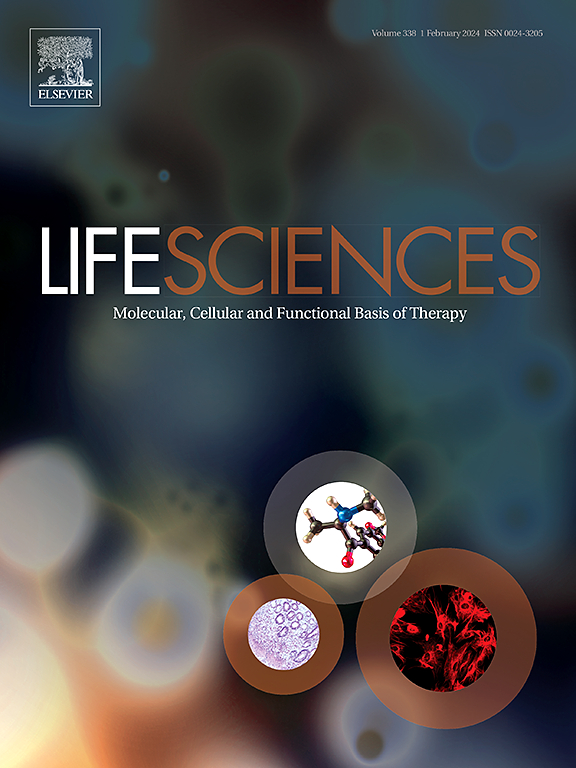Afobazole alleviates streptozotocin-induced diabetic nephropathy in rats via hypoglycemic, antioxidant, anti-inflammatory, and anti-apoptotic properties: Role of the S1R/Nrf2 antioxidant axis
IF 5.2
2区 医学
Q1 MEDICINE, RESEARCH & EXPERIMENTAL
引用次数: 0
Abstract
Aims
Sigma-1 receptor (S1R) activation was recently identified as a promising target for preventing diabetic nephropathy (DN) by mitigating hypoxia, oxidative stress, and inflammation. This study aimed to investigate the potential reno-protective effect of the S1R agonist afobazole against streptozotocin (STZ)-induced DN in rats compared to metformin.
Materials and methods
Rats were split into six groups: the normal control group; the diabetic control group received STZ (55 mg/kg i.p.); the other four groups received STZ and were treated with different doses of either afobazole (10, 15, and 20 mg/kg) or metformin (200 mg/kg). Metabolic parameters and renal function were assessed. Expression levels of oxidative stress markers and inflammatory cytokines were measured using ELISA, apoptosis-related proteins were evaluated using immunohistochemistry, and gene expression of S1R, Nrf2, NF-κB, and TLR-4 was determined. Histopathological analysis was performed on kidney tissues.
Key findings
Both afobazole and metformin exerted hypoglycemic effects, alleviating renal injury, reducing blood urea nitrogen (BUN) and serum creatinine, and restoring oxidant/antioxidant balance in diabetic rats. Both treatments boosted renal S1R and Nrf2 levels, suppressed inflammatory proteins and cytokines, and reduced apoptotic features.
Significance
The study revealed that afobazole provided nephroprotection in STZ-induced DN through a hypoglycemic, antioxidant, anti-inflammatory, and anti-apoptotic potential mediated by activating the S1R/Nrf2 antioxidant axis. The 15 mg/kg dose elicited the most pronounced nephroprotective effects, outperforming other treatment groups.

求助全文
约1分钟内获得全文
求助全文
来源期刊

Life sciences
医学-药学
CiteScore
12.20
自引率
1.60%
发文量
841
审稿时长
6 months
期刊介绍:
Life Sciences is an international journal publishing articles that emphasize the molecular, cellular, and functional basis of therapy. The journal emphasizes the understanding of mechanism that is relevant to all aspects of human disease and translation to patients. All articles are rigorously reviewed.
The Journal favors publication of full-length papers where modern scientific technologies are used to explain molecular, cellular and physiological mechanisms. Articles that merely report observations are rarely accepted. Recommendations from the Declaration of Helsinki or NIH guidelines for care and use of laboratory animals must be adhered to. Articles should be written at a level accessible to readers who are non-specialists in the topic of the article themselves, but who are interested in the research. The Journal welcomes reviews on topics of wide interest to investigators in the life sciences. We particularly encourage submission of brief, focused reviews containing high-quality artwork and require the use of mechanistic summary diagrams.
 求助内容:
求助内容: 应助结果提醒方式:
应助结果提醒方式:


